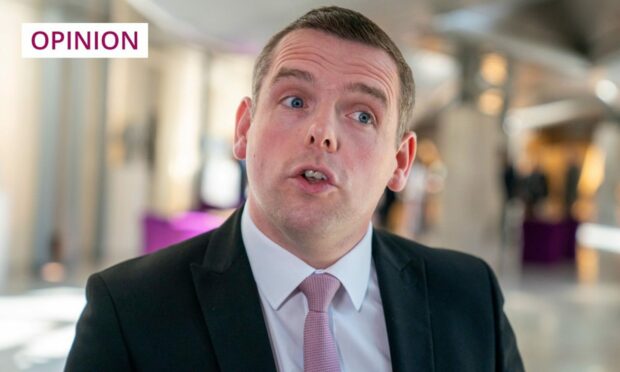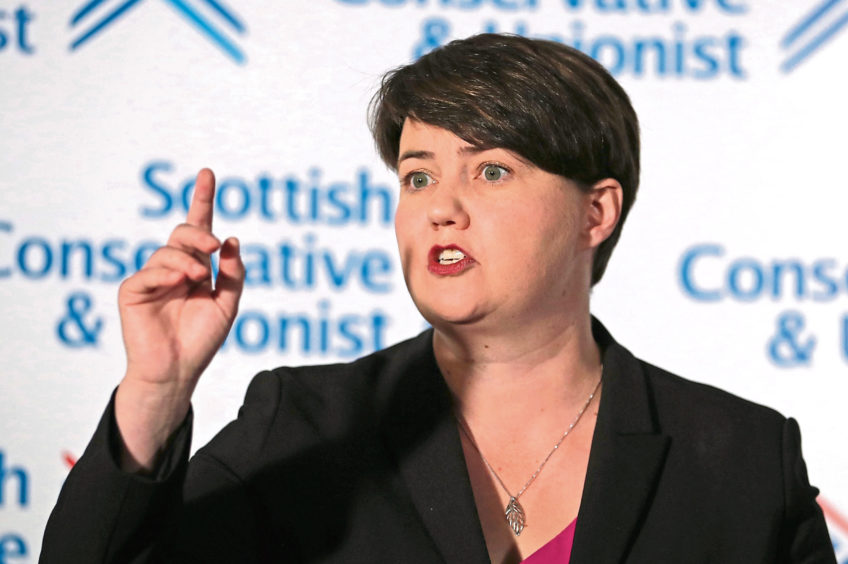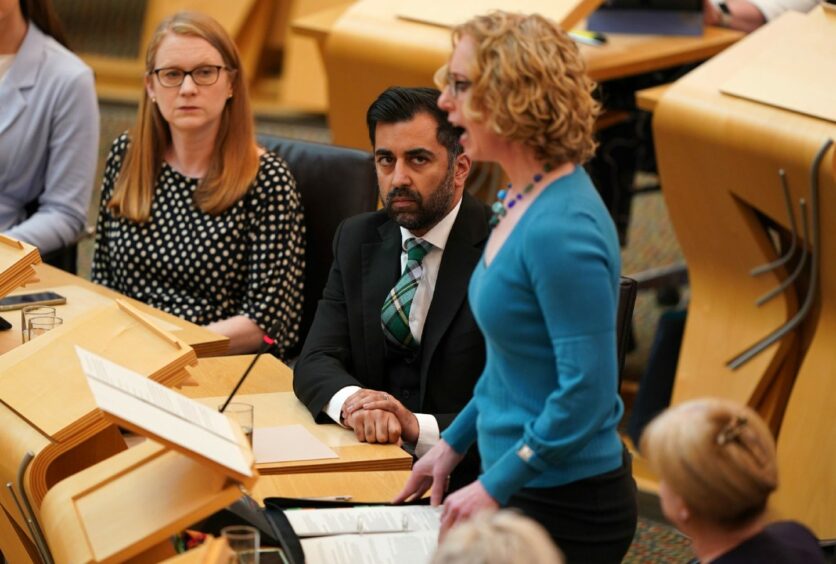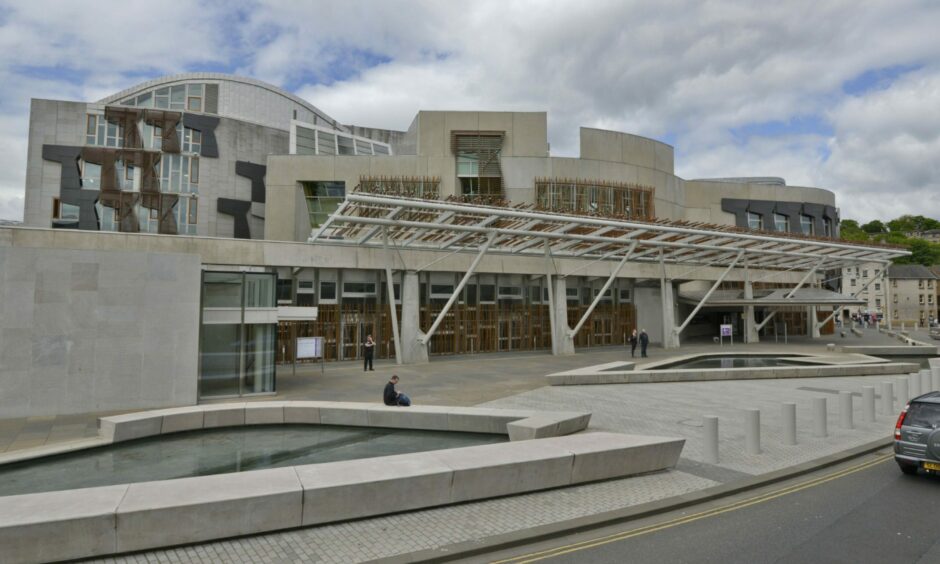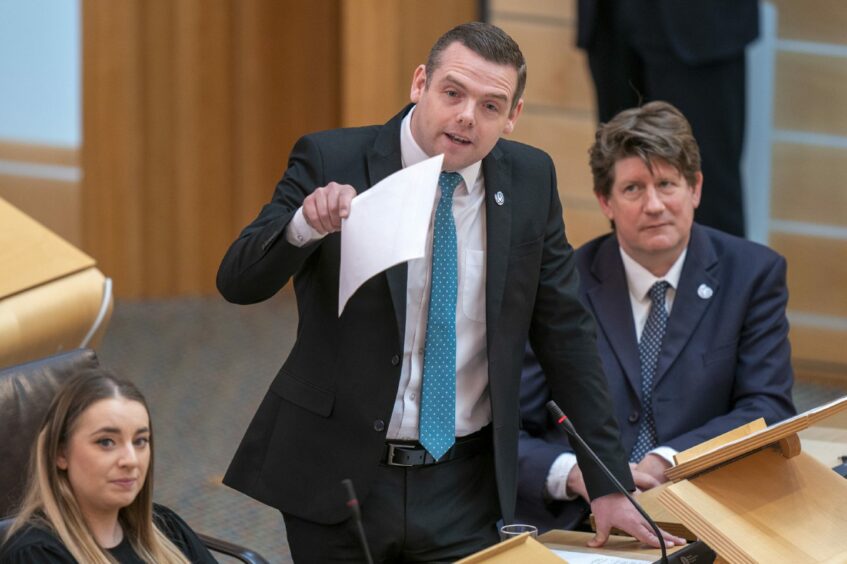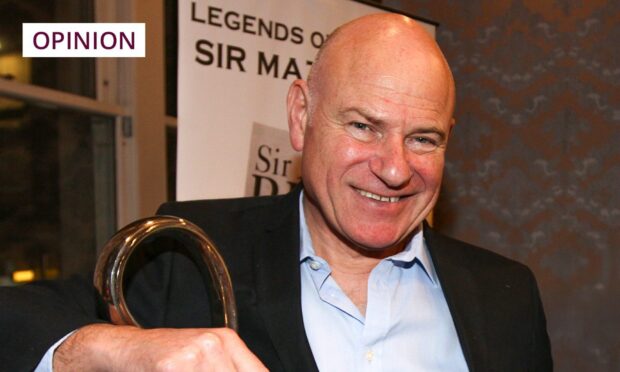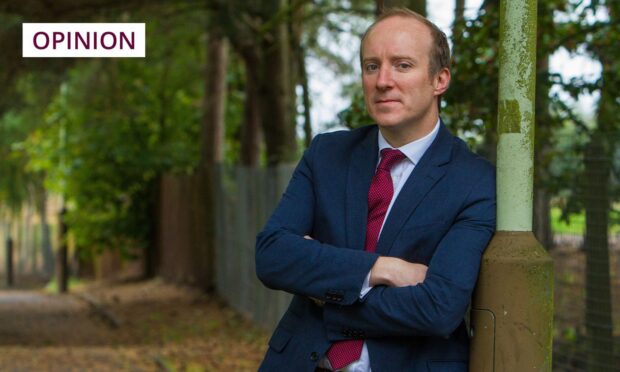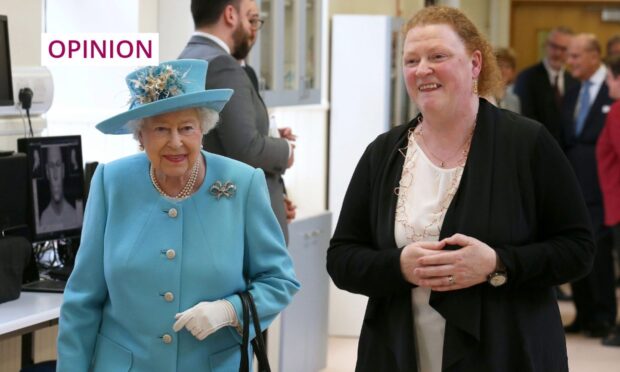There’s not much in common, at first glance, between the gender reform legislation passed by the Scottish Parliament and the, now shelved, plans for a deposit return scheme.
Nor is there a great deal which is obvious to compare when it comes to the politics of Holyrood and the politics of Stormont.
Not least when the latter remains moribund as part of the seemingly interminable series of stand-offs and false dawns that have come to characterise Northern Ireland in the quarter century since the Good Friday Agreement.
However, all of these disparate things may have more to connect them than at first seems apparent.
A prominent commentator remarked of the Scottish Tories a few years ago that there was more than a “whiff of Paisleyism” about what was then Ruth Davidson’s party – a comparison to the more combative strands of Ulster unionism, embodied by the late founder of the DUP.
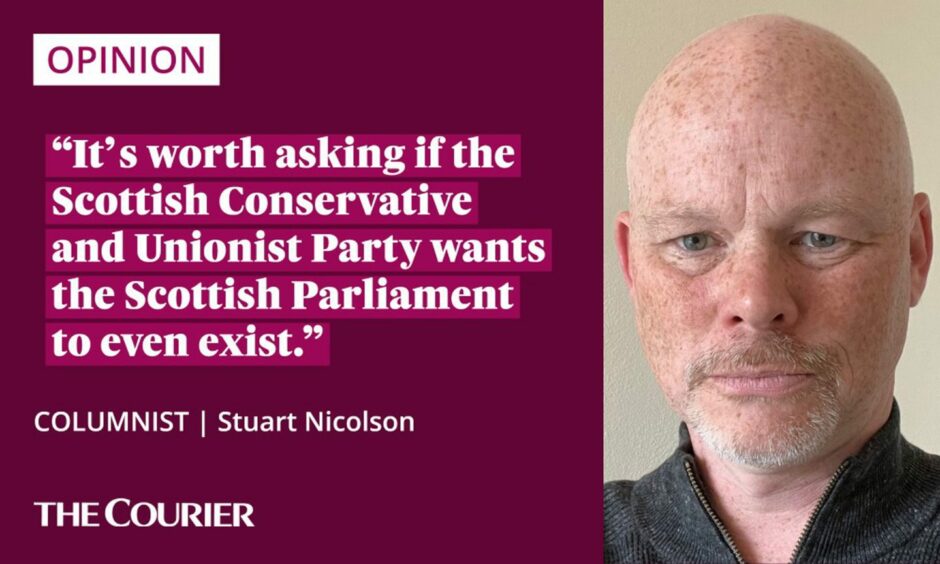
And whatever quibbles there may be with the post-Brexit Protocol in Northern Ireland, it is transparent that the principal reason the Assembly remains suspended is because the DUP cannot bear the thought of entering government for the first time as a junior partner to a nationalist-led executive.
The political tactic employed by the DUP is clear. Namely to try to delegitimise the institution itself given it is one they no longer command.
Here, it is not within the Scottish Conservatives’ gift to collapse Holyrood just because there is a pro-independence government and majority in place.
So instead there is a concerted attempt by them to delegitimise Holyrood as a legislature.
And that’s where the recent battles over gender law and the deposit return scheme come into play.
Holyrood stalemates suit Scottish Conservatives
This is not about the respective merits of these policies, which have been debated endlessly elsewhere.
This is about the way in which they have been thwarted by the UK Tory government – egged on by their subordinates in Edinburgh.
In one case this involved the deployment of a never before used piece of legal small print. In the other it took a late moving of the goalposts.
The result in the case of the deposit return scheme was to turn an ambitious and valuable but ultimately workaday piece of legislation – of a kind already enacted in much of the developed world – into an overblown circus, so that no mention of it was possible without the prefix “controversial”.
The irony is that the Scottish Tories say they want devolution to function. They claim to want the Scottish Parliament to work properly.
Indeed, they are full of puffed-up, righteous indignation on a seemingly daily basis about some slight, oversight or calumny supposedly perpetrated by the governing benches at Holyrood.
No debate or First Minister’s Questions sessions seems complete these days without some point of order, however spurious, more often than not from the Tory benches.
But do the Scottish Conservatives really want Holyrood to work well?
Or does it suit their agenda for it to be mired in angry, process-driven acrimony – or at least to appear as though it is?
Would Scottish Conservatives rather see the end of Holyrood?
It’s worth asking if the Scottish Conservative and Unionist Party wants the Scottish Parliament to even exist.
Of course we do, goes the official line. But among those who currently populate the Tory benches at Holyrood, it’s not unreasonable to surmise that a good number would rather the place wasn’t there at all.
They might not say it out loud.
They might even be a bit unsure about saying it sotto voce with some of their colleagues who they suspect share the same view.
But they may well think it all the same.
If that is an unwarranted suspicion, then fine. Let every Scottish Conservative come out and say, without caveat or equivocation, that they believe Holyrood is here to stay, for good, and that they would always oppose any move to the contrary.
De-legitimisation is doomed in long run
Abolishing Holyrood may be a fantasy which sets a gleam in the eye of the most hard line unionists. However it is neither realistic nor achievable.
And so, in the absence of such a plan, de-legitimisation is seen as the next best thing.
Block, delay, obstruct and stymie – basically do anything and everything you can to stop the Scottish Parliament from functioning as it should, and as – it should be remembered – people voted for overwhelmingly in the 1997 referendum.
De-legitimisation has a long and ignoble political tradition, so there’s method in the madness, some might say.
Ultimately though, it won’t work.
As a tactic it may pay short-term dividends. As a long-term strategy to halt or even reverse the process of Scottish self-government it is bereft of vision, positivity or inspiration and so is doomed to failure.
Stuart Nicolson is a former political journalist and ex-adviser to Nicola Sturgeon and Alex Salmond.
